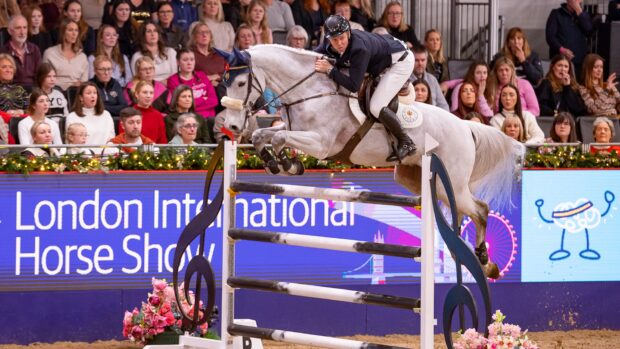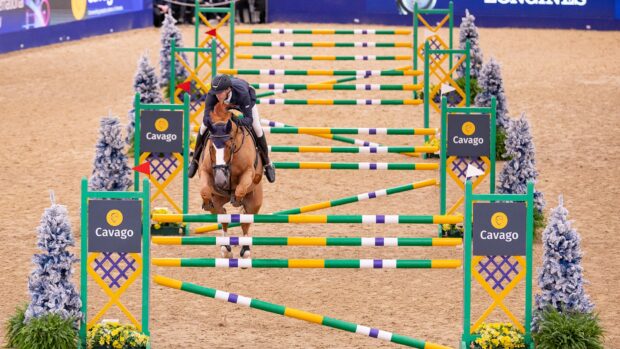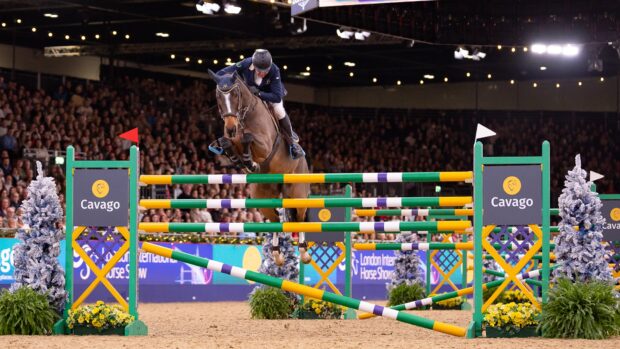Arena companies and customers are calling for industry standards to regulate the construction of manèges.
Around 40 arena companies regularly advertise across the equestrian media, but only a couple belong to the British Equestrian Trade Association (BETA) and there is no code of conduct nor guidelines to protect clients from cowboy builders.
Tamara Strapp, of Robertsbridge, East Sussex, spent £15,000 on an outdoor arena in 2007, only to have to pay another £5,000 to another firm to put the work right.
“The company had used the wrong quality sand and it rode dangerously deep,” said Mrs Strapp.
Despite winning a case against UK Arenas of Hailsham in the small claims court, Mrs Strapp never received any compensation.
She believes an accreditation scheme would have helped her choose a better company.
Reputable arena firms are regularly called upon to put right the botched jobs of less-expert companies, said Martin Collins, founder of one of the UK’s foremost names in arena surfaces, Martin Collins Enterprises Ltd.
“People with a construction background are attracted to arena supply because they feel it’s easy to get into. However, as we are all too aware, it is not as easy as they think,” said Mr Collins.
“A code of conduct is long overdue. Customers, not unreasonably, believe their contractor knows what he is doing.”
His views were echoed by David Andrews of Andrews Bowen.
“It infuriates me when we have to put things right that should have done correctly in the first place,” he said.
“The biggest problem is drainage — if constructors cut corners by using crushed concrete or road planings instead of good-quality clean stone as a drainage layer, it clogs up and stops draining.”
Other issues include poorly installed membranes and dangerous fencing.
Mark Scott of Mark Scott Arenas said an accreditation scheme is important.
“One arena surface looks much like another and people will go for the cheapest option and not do any homework as to what they need,” he said.
“You should expect to pay around £20,000 for a basic 20x40m arena, but you can get cheaper, and it’s very tempting.”
David Lovatt Smith, who for 25 years advised the British Horse Society on arena construction, said a British standard has been suggested several times over the years but dismissed as being too difficult to set up.
“There are so many ways to build arenas and so many different types of surfaces that, although it is a great idea, it’s just too difficult to do,” he told H&H.
But Claire Williams, director of BETA, believes it can be done.
“We can create standards for aspects like the depth of foundations, suitable filling materials and maintenance of arenas,” she maintained. She said the companies need to band together and approach BETA with a formal proposal.
More regulation would help businesses too, said Dickie Rumble of Sporting Surfaces Supplies. The Surrey-based company recently stopped supplying sand for equestrian surfaces because, he said, customers rarely knew what they wanted and then blamed his company when their arena was not as expected.
“We had a series of four arenas in a row where the customer was not satisfied — all because they had not been clear in the first place. We also had problems with the standard of some of the construction work,” said Mr Rumble.
“A protocol for the construction work would be a great help and a simple questionnaire asking the customer what they plan to use the arena for and explaining the different grades of surface would be useful.”
This article was first published in Horse & Hound (28 October ’10)



